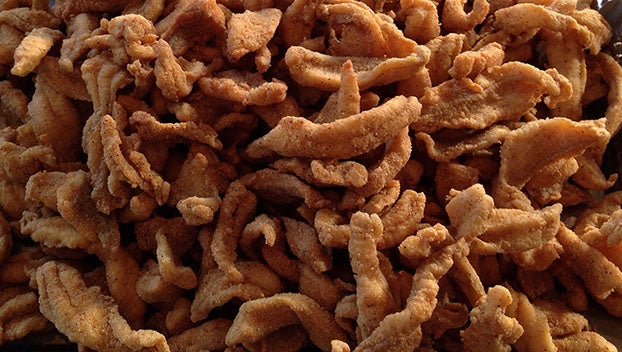Owner of Mississippi catfish joint: Labor shortage causing limited supplies, rising prices
Published 5:13 am Tuesday, July 20, 2021
One of Mississipp’s best catfish joints is feeling the pinch of limited catfish supplies and rising prices, driven primarily by labor shortages.
Lynn Hewlett, owner of Taylor Grocery in North Mississippi, said the availability of catfish is hit and miss and some deliveries do not contain everything the restaurant orders. That’s a challenge for the Taylor-based eatery which was voted The South’s Best Catfish Joint in 2020 by Southern Living magazine.
“The problem is in the (processing) plant,” Hewlett said. “The fish are there, but the government is paying people to stay home.”
Labor shortages limiting the catfish supplies are causing the prices to go up, affecting many Mississippi restaurateurs who want to keep the staple item in house.
Industry data show processing is down 9% for the first five months of 2021 when compared to the same period in 2020, according to Jimmy Avery, extension aquaculture professor at the Mississippi State University Delta Research and Extension Center in Stoneville.
“I think labor shortage is the big driver in this number,” Avery said. “Although there is some talk about tight fish supply, there are no numbers to support it. When supply gets tight either due to low pond inventories or processing shortages, processors shift available product types and volume to long-time customers with high volume and price.”
May fish prices for premium sized fish to farmers was $1.25 per pound, according to the Mississippi Department of Agriculture and Commerce – 9 cents more than the annual average of $1.16 in 2020 and 4 cents more than the 2016 average.
MSU aquacultural economist Ganesh Kumar attributes the slow recovery in the industry’s processing phase to several factors related to COVID-19 including limits on how many people could work during the same shift and processors having to find workers who will work for pay comparable to stimulus checks and unemployment benefits.
“We’re not running out of fish, but of different products,” Hewlett said. “Right now we have no whole fish because they only have enough workers on (the filet fish) line then they have to shut that down and move them to the whole fish line. We got a little whole fish this week but not enough to take us through the entire weekend.”
The labor shortage is not only affecting the catfish supply but other restaurant supplies such as beef, chicken, and other proteins, Hewlett said. “They are having the same issues in every processing plant,” said Hewlett.
The United Nations FAO Meat Price Index averaged 109.6 points in June, up 2.2 points (2.1%) from its revised value for May, continuing the increases for the ninth consecutive month and placing the index 15.6% above the corresponding month last year, but still 8.0% percent below its peak reached in August 2014.
Although customers have been understanding of issues, Hewlett is hoping for a return to normalcy soon. “I just hope people start going back to work so we can operate,” he said. “We just got to work through it.”
Even though production was hampered in 2020 due to the pandemic, Mississippi produced 317 million pounds of catfish, which was only 0.6% lower than the 2016 production.
More News






